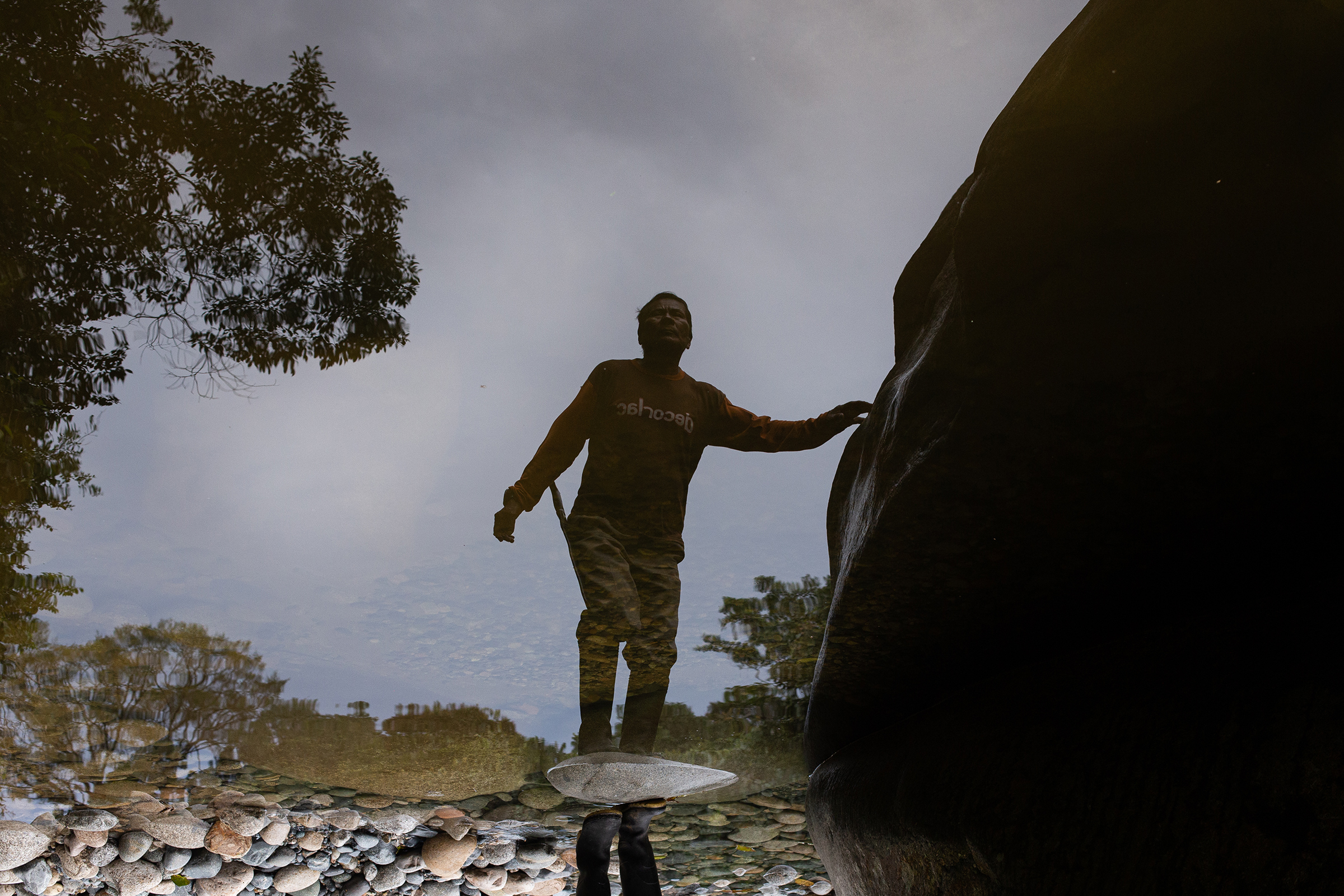What Clemente Grefa remembers most about his childhood are the sounds of the Piatúa River: the hum of insects, the chatter of children playing, the women whistling as they clean clothes, and the burble of water trickling.
“Living here has always been magnificent,” says Clemente, a 67-year-old Kichwa man who lives off the land. “We’ve been blessed with all the enchantments of the river.” The Piatúa, a tributary of the Amazon located in the Pastaza region of Ecuador, is thought to be millions of years old. It is one of the most biodiverse areas of the world; scientists believe it is home to many flora and fauna yet to be cataloged by academia. For the Kichwa Indigenous people of Piatúa, the river is sacred. It is a living being, with its own temperament, mood swings, and pulse. It is revered and feared, loved and protected.
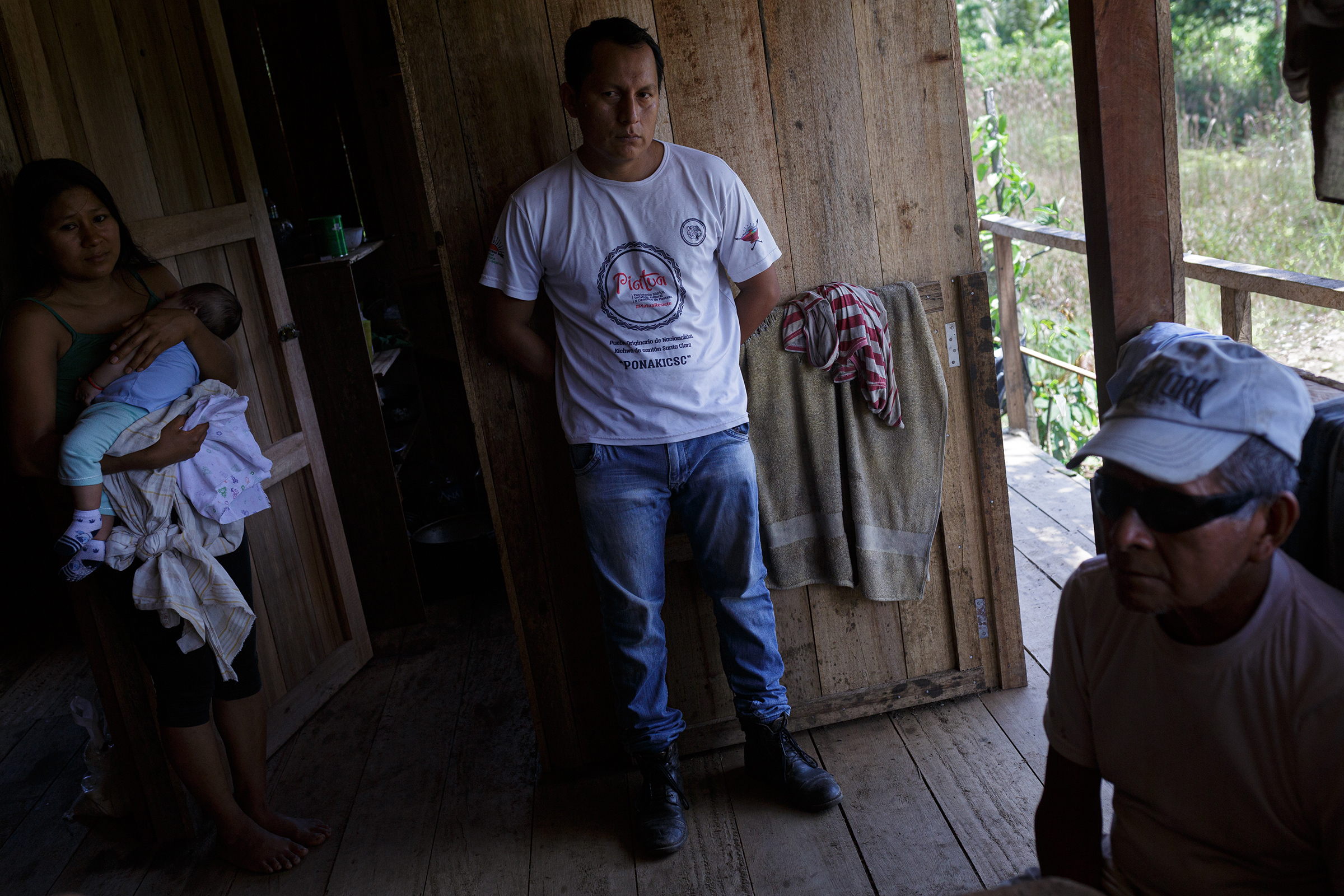

Early one morning in 2018, while Clemente and his family gathered around the fire to drink their daily wayusa tea, they heard a crash. Upstream, a hydropower-dam company was blasting dynamite to clear the way for a $60 million project that if built would generate some 30 MW of electricity—but would also threaten the river’s ecosystem, and the lifestyle and cosmologies of the people who inhabit the area. Since 2014, the Ecuadorean electricity company Genefran S.A. has been approved by the Ministry of the Environment, Water, and Ecological Transition to build a hydro dam along the Piatúa River. Though the project is part of the government’s larger strategy to shift away from fossil fuels toward clean energy, the people of Piatúa don’t see it as a green endeavor. For them, the dam’s construction is an environmental death sentence: an estimated 90% of the river’s water volume would be lost, according to Yajaira Curipallo, who works for a governmental environment watchdog, and a potentially dangerous flood risk would be created at the nearby Jandiayacu River. “If they destroy the [Piatúa] river that gives us life,” says Clemente, “what will we be left with?”
For years, the people of Piatúa have resisted the dam. In 2018, when the initial construction began, Kichwa people took their case to the provincial courts. The judges granted the river partial protection, ruling the hydro dam could not be built until Genefran S.A. received consent from the Indigenous people. But in interviews, multiple river defenders reported receiving threatening phone calls and being told not to protest. Though they could not prove whom the calls came from, they say they feel the project is being pushed on them.

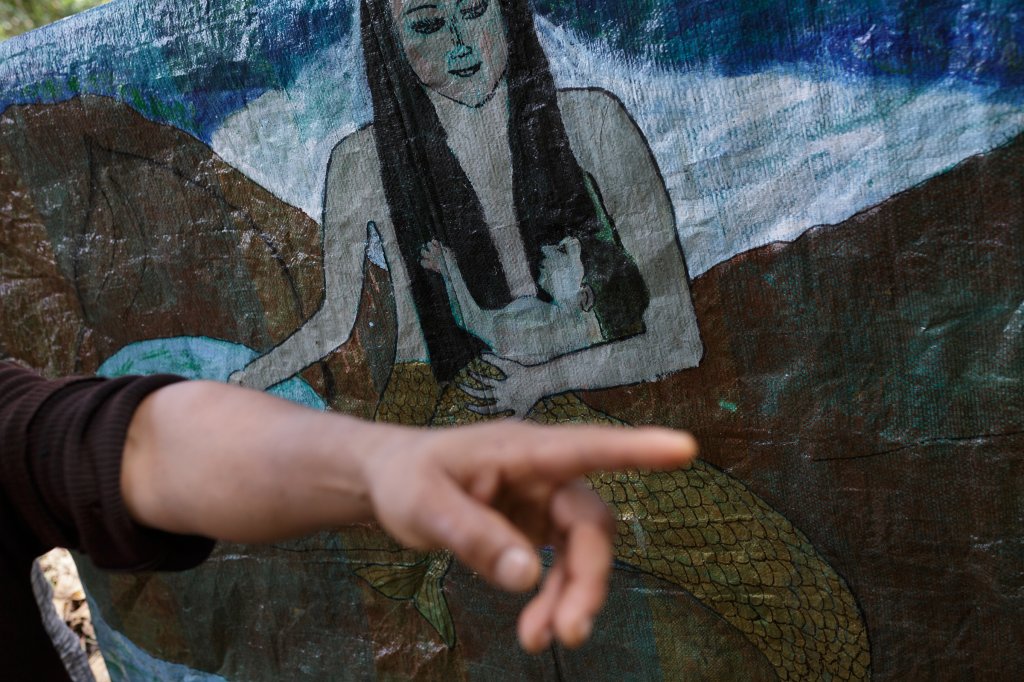
The people of Piatúa have not relented: while a date has not yet been set, they hope their case will soon be heard at the Constitutional Court, the country’s most powerful judicial body. It would be the first time a renewable-energy project is accused of violating the rights of nature as enshrined in Ecuador’s constitution. “This case could set a precedent worldwide for how we think about the impacts of renewables,” says Natalia Greene, a rights-of-nature expert and an executive committee member of the Global Alliance for the Rights of Nature. But for the Indigenous communities, there is a bigger question at stake: Will their voices be heard in the green transition?
Ecuador made history in 2008 when it became the first country in the world to recognize, and legally protect, nature’s right to exist and thrive under its constitution. The goal was to incorporate Indigenous worldviews into the country’s legal system, and to reflect the belief that nature is alive and thus has value that can’t be accounted for in a capitalist market system. “When we’re talking about the rights of nature, we’re not just talking about protecting plants and animals, but about respecting nature’s cosmologies and its spiritual worlds,” says Greene.
Although Ecuador’s constitution states companies have to get prior free and informed consent from Indigenous communities before an infrastructure project begins, there is no clear definition of what consent entails. Oil and mining companies have exploited this legal loophole by withholding information about their activities when consulting with communities, in order to secure a few signatures of consent, and both Indigenous people and environmentalists have grown to expect this behavior from them. But these groups are disappointed to see renewable-energy companies increasingly taking advantage of the same loopholes.
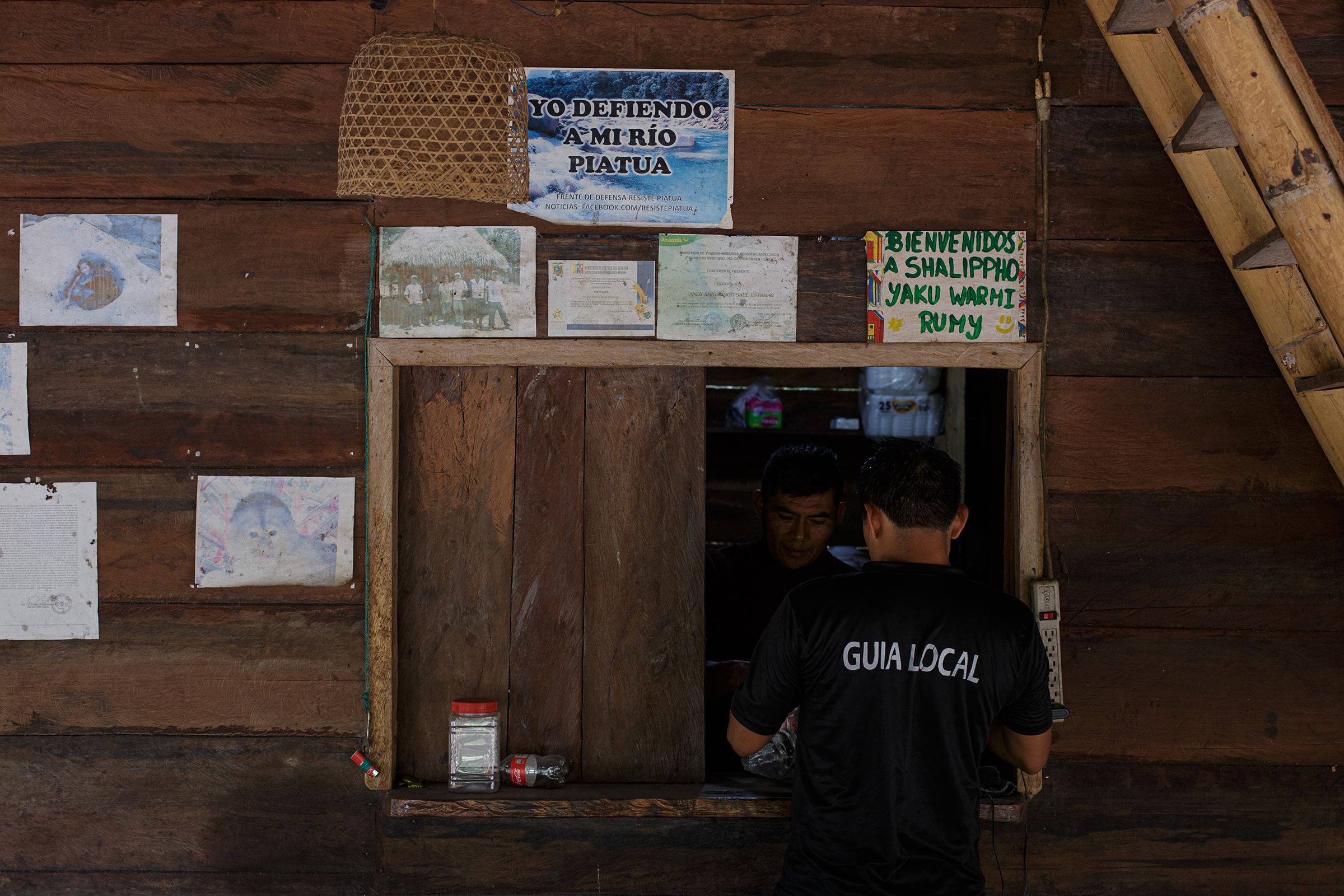

Ecuador is not the only country grappling with this issue. Around the world, some clean-energy companies are being scrutinized for wreaking havoc on biodiversity, and perpetuating many of the same human-rights abuses as polluting industries, with Indigenous communities often paying the price. Experts say part of the challenge in holding these industries to account is that people are hesitant to critique the renewables sector over fears this may temper enthusiasm to move away from fossil fuels. But as Greene notes, “You cannot justify biodiversity loss and injustice on the basis that a project creates clean energy.”
Many experts feel the outcome of the Piatúa trial will reveal a lot about whether the movers of the green transition will be made to uphold their ostensible commitment to biodiversity and Indigenous rights—or if these companies will drive yet another industry that destroys Indigenous communities. “If the judges rule in favor [of the river], it will send the message that no activity—regardless of whether it’s extractive or renewable—can be allowed to cause damage to biodiversity,” says Greene.
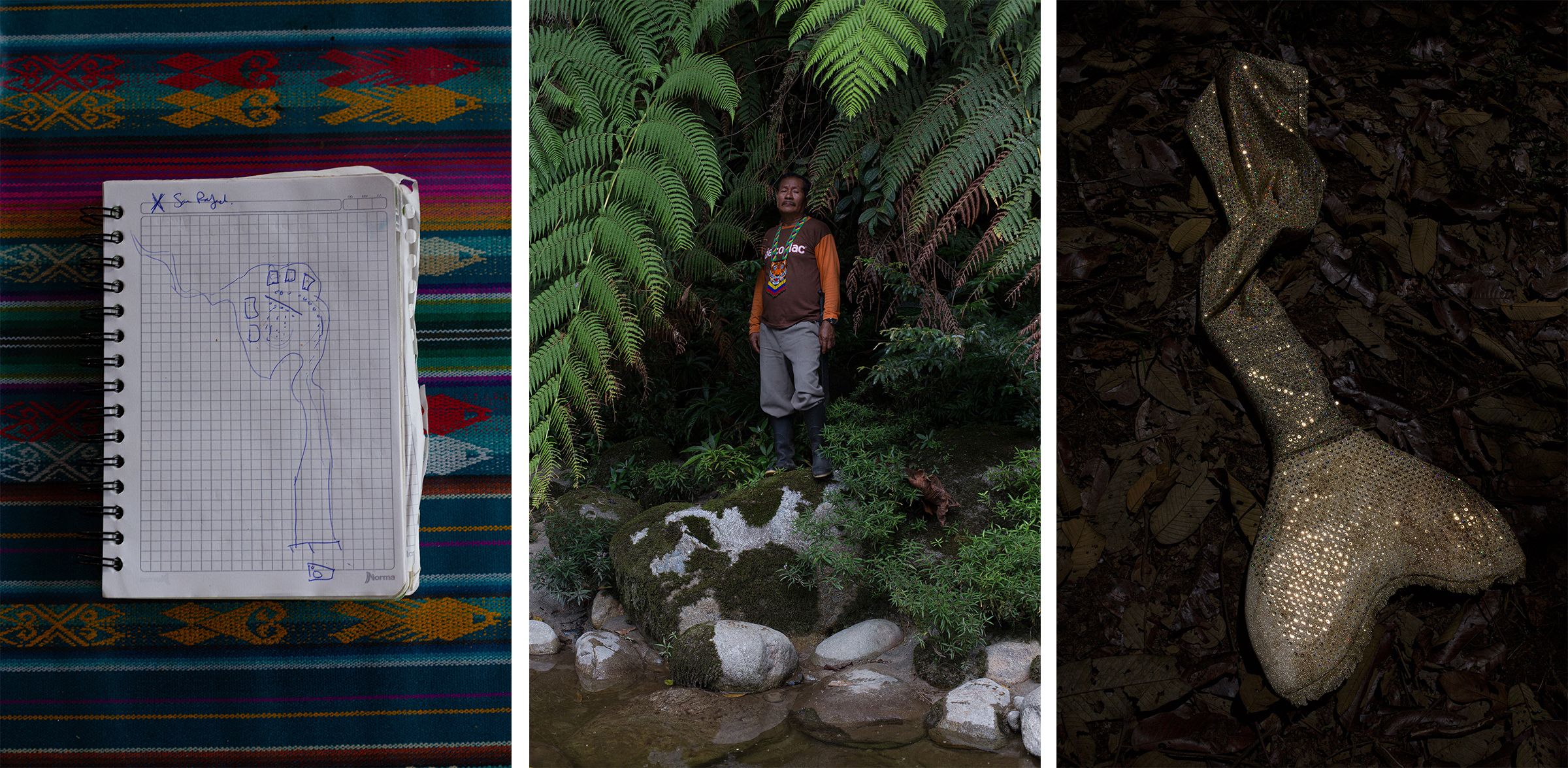
When a group of men from Genefran S.A. came to visit Ines Alvarado’s community in 2016, promising jobs for the people of the Piatúa River, she was wary. Alvarado, a 58-year-old Kichwa woman living along the river, had heard of outsiders making promises to Indigenous communities, only to turn around and destroy their environment. “I might not be educated, but I have the wisdom of my ancestors,” she says. “It never even crossed my mind to sign their paper.”
But many others living along the Piatúa signed, thinking it would be a financial boon for their families. And many say they didn’t know what they were signing. Some didn’t even know Genefran S.A. was an electricity-generation company: they say they were told by Genefran S.A. that it would be doing some nonintrusive work upstream, and that if communities agreed, it would bring scholarships and jobs to the region. They didn’t hear back from Genefran S.A. for two years. “We just assumed they were another group of people promising us things and failing to deliver,” says Clemente, who signed their paper. Then, in 2018, the company returned to the region not with jobs or scholarships but with bulldozers and dynamite.
“We did not know what we had signed,” says Clemente’s brother, Juan Grefa, 68, who lives along the river. “They took advantage of our needs and our innocence. But we fought back.” Shortly after the first blasts of dynamite were heard that year, over 19 communities in the region gathered in the town of Santa Clara to talk about what they could do to stop the construction. As night fell, around 300 women, men, and children headed to the construction site along the Piatúa River, armed with hand-carved wooden spears. People piled onto motorbikes and into cars; taxis gave protesters free rides to the site. When the workers arrived, the crowd surrounded them, as Kichwa leaders told the company they had 24 hours to get out. The government sent in the police, then the militarized police. Eventually, the Confederation of Indigenous Nationalities of the Ecuadorean Amazon (CONFENIAE) reached an accord with the head of Genefran S.A., who said the company would remove its machinery from the site if the protesters dispersed.

In the following days, however, CONFENIAE realized Genefran S.A. was not going to comply; it was keeping vital machinery next to the river, suggesting the company was pausing, not halting, its work. Kichwa communities responded by closing the main road between Puyo and Tena, piling rocks into the middle of the street and bringing a critical highway in the Amazon to a stop. “It doesn’t take very long for people to pay attention when you close that road,” says Darling Kaniras, 29, an environmental engineer, river defender, and local tourist guide.
Company records show that Genefran S.A. is majority-owned by ElitCorp, an energy and infrastructure company, with a minority share held by Gustavo Rafael Villacreces Oviedo, an ElitCorp executive who appears to be related to the listed general manager for Genefran S.A., Roberto José Villacreces Oviedo. TIME reached out to both companies to comment on the nature of their relationship and this story, but did not hear back from either.
The battle eventually moved from the road to the provincial court in May 2019, after the case was brought to the court’s attention by Curipallo, who heads the provincial office for a branch of the government that serves as a watchdog to ensure the state upholds the rights of people and nature. Curipallo was convinced the evidence clearly showed that Genefran S.A. had failed to explain to those who signed the contracts what its activities in the area would entail. But the provincial court judges ruled in favor of Genefran S.A., on the basis of what they said was insufficient evidence that the river was home to a “culturally and spiritually significant” community. In September 2019, Aurelio Quito, one of the judges who presided over the hearing, was arrested over accusations by a colleague that Quito had been bribed by the construction company and tried to bribe another judge to vote in favor of the dam’s construction. A new hearing was held later that month in which the river was granted partial protection: the court ruled that Genefran S.A. could not continue construction until it redid proper technical studies of the project’s environmental impacts and got informed consent from communities. Kichwa communities celebrated, but Curipallo was worried there would be further issues on the horizon.

That’s because the court had not actually agreed that the Kichwa people of the Piatúa constituted a “culturally and spiritually significant” community. The court cited the Kichwa witnesses’ lack of traditional dress, and the fact that they gave their testimonies in Spanish, as evidence that these Indigenous cultures no longer exist. “The problem is that Indigenous communities have to demonstrate their expansive land-based worldview within the logic of the courtroom, the same logic that has brought about colonization and resource extraction,” says Alex Knott, an anthropologist working with Piatúa River defenders to document cultural heritage. “They are being asked to show that their culture still exists by pointing to things that can be easily seen and heard, but so much of culture is intangible.”
Curipallo hopes the Constitutional Court will rule in favor of the river, protecting it from exploitation once and for all. But it’s not just about the outcome for Curipallo; it’s also about how the case is argued. While the prosecutors could build their case on the grounds that the dam would lead to the extinction of certain plant species and cause irreversible damage to the river’s life cycles, Curipallo thinks there is a bigger argument to be made: “The rights of Indigenous people have to be upheld by renewable companies.”
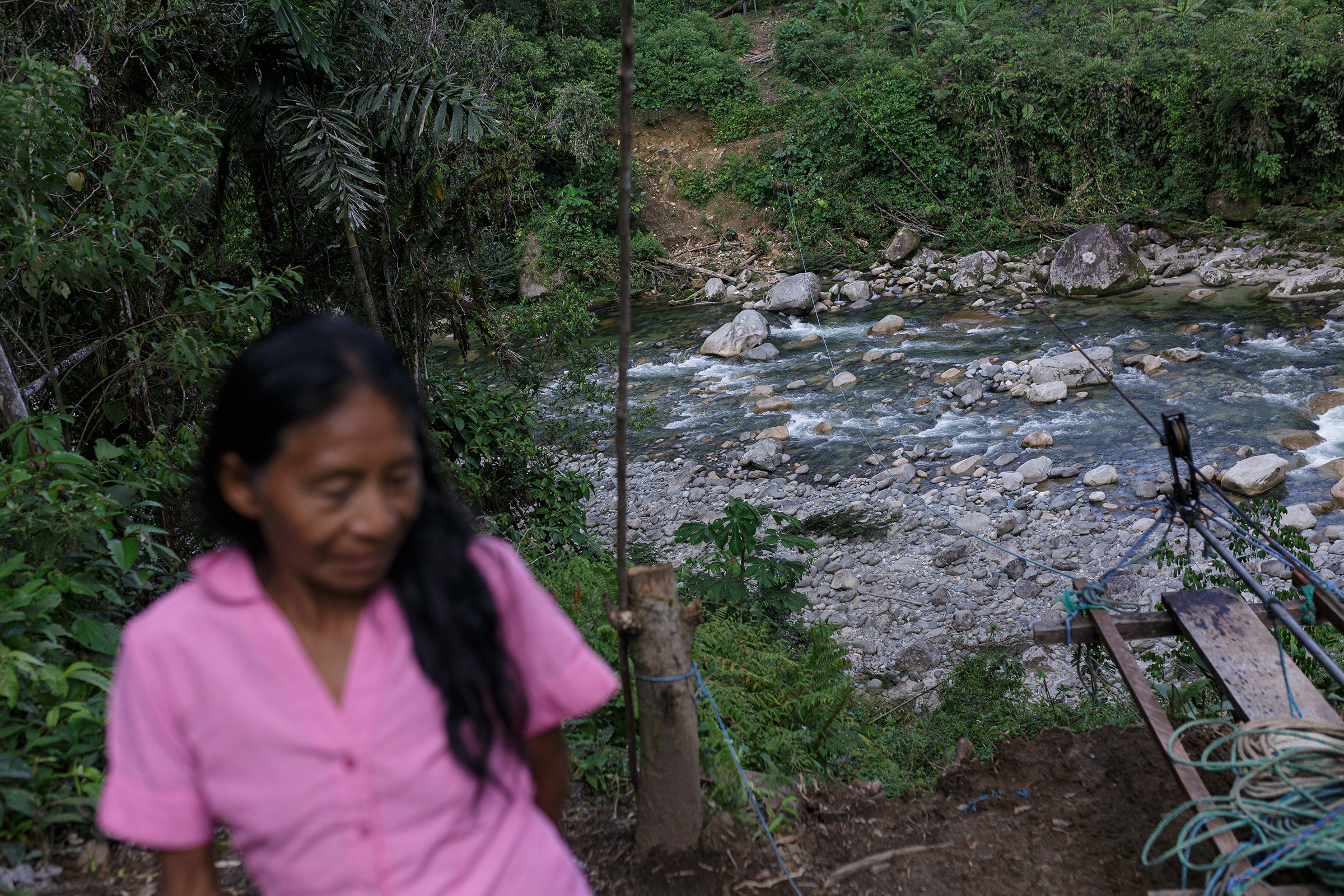
Over the past 10 years, the Ecuadorean government has embarked on a mass effort to introduce hydroelectricity throughout the country. In 2015, then President Rafael Correa announced eight new hydropower plants would be operational in 2016. But the projects have been delayed because of their failure to meet environmental and engineering standards. One of the dams, the Coca Codo Sinclair, caused a river to dry up and the country’s highest waterfall to disappear; erosion from the project also ruptured two pipelines, causing an oil spill. The people of Piatúa care deeply about the climate crisis. But for them, the hydro dam is not a path away from environmentally harmful industries: it is a new form of ecological devastation. “It is the same injustice and destruction,” says Kaniras, the engineer and river defender, “it’s just being called green to get the permissions and satisfy the international community.”
Along the Piatúa River, people young and old repeated that they were not interested in the money a hydro dam would generate. This is partly because they do not believe they would reap the financial benefits of the project. “Look at what is happening with petroleum elsewhere in the Amazon,” says Clemente. “The money leaves.” More important, many people living along the river care more about maintaining their spiritual, cultural, and ecological richness than about filling their bank accounts. “The river gives us water, and the land gives us food,” Alvarado says. “Yes, we are poor, but we don’t need more.”
All of the elders who have lived their lives on the banks of the Piatúa will tell you stories of the wilder river they knew in their youth: it stole animals and gifted them; it made some people sick and healed others; its spirits appeared in the form of superhuman beings. The people of Piatúa fear that a hydro dam could bring an end to their way of life. “There are spirits here because there is biodiversity,” explains Knott, the anthropologist. “If you cut off the river and kill the biodiversity, you would in essence be severing people’s connection to their spirituality.”
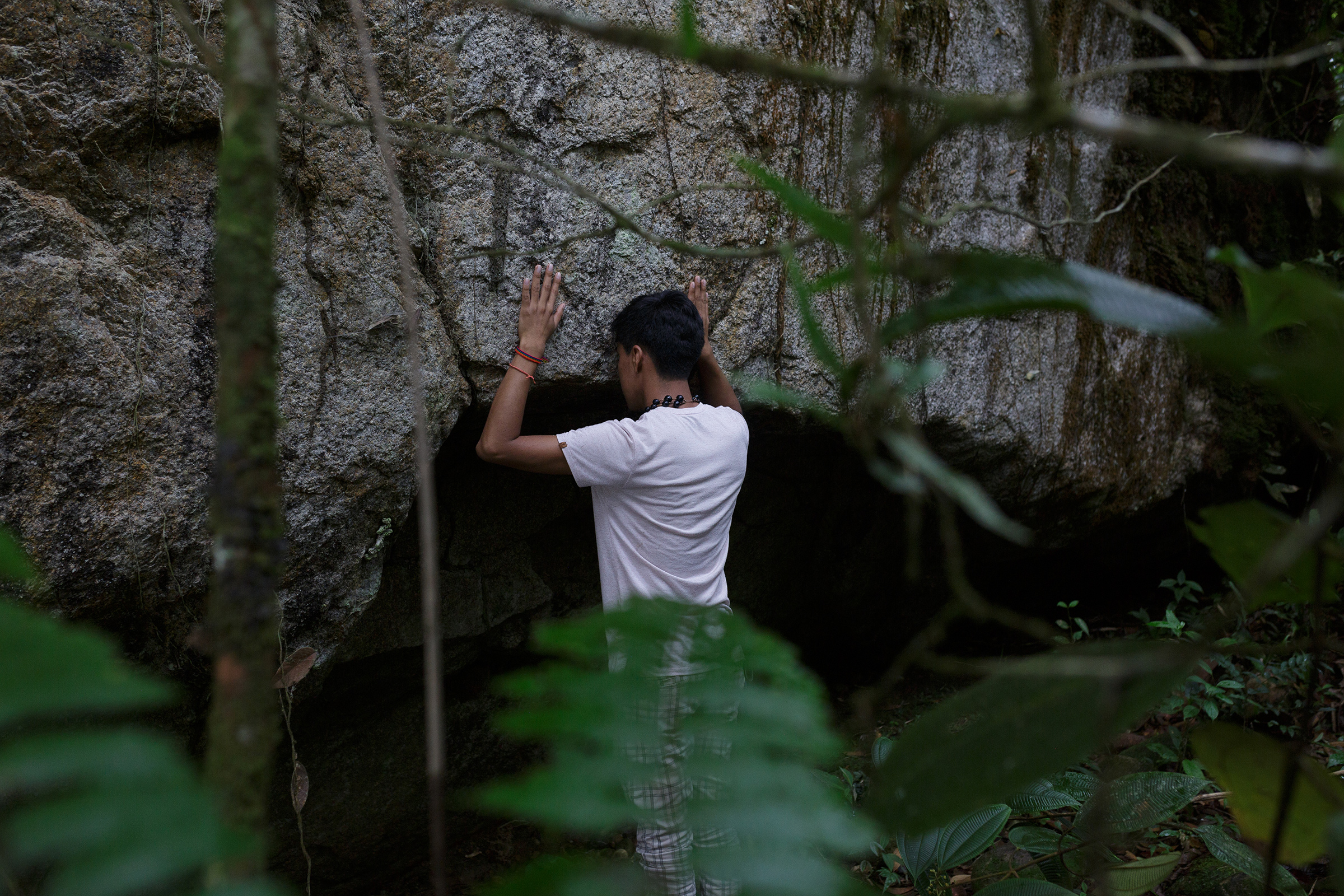
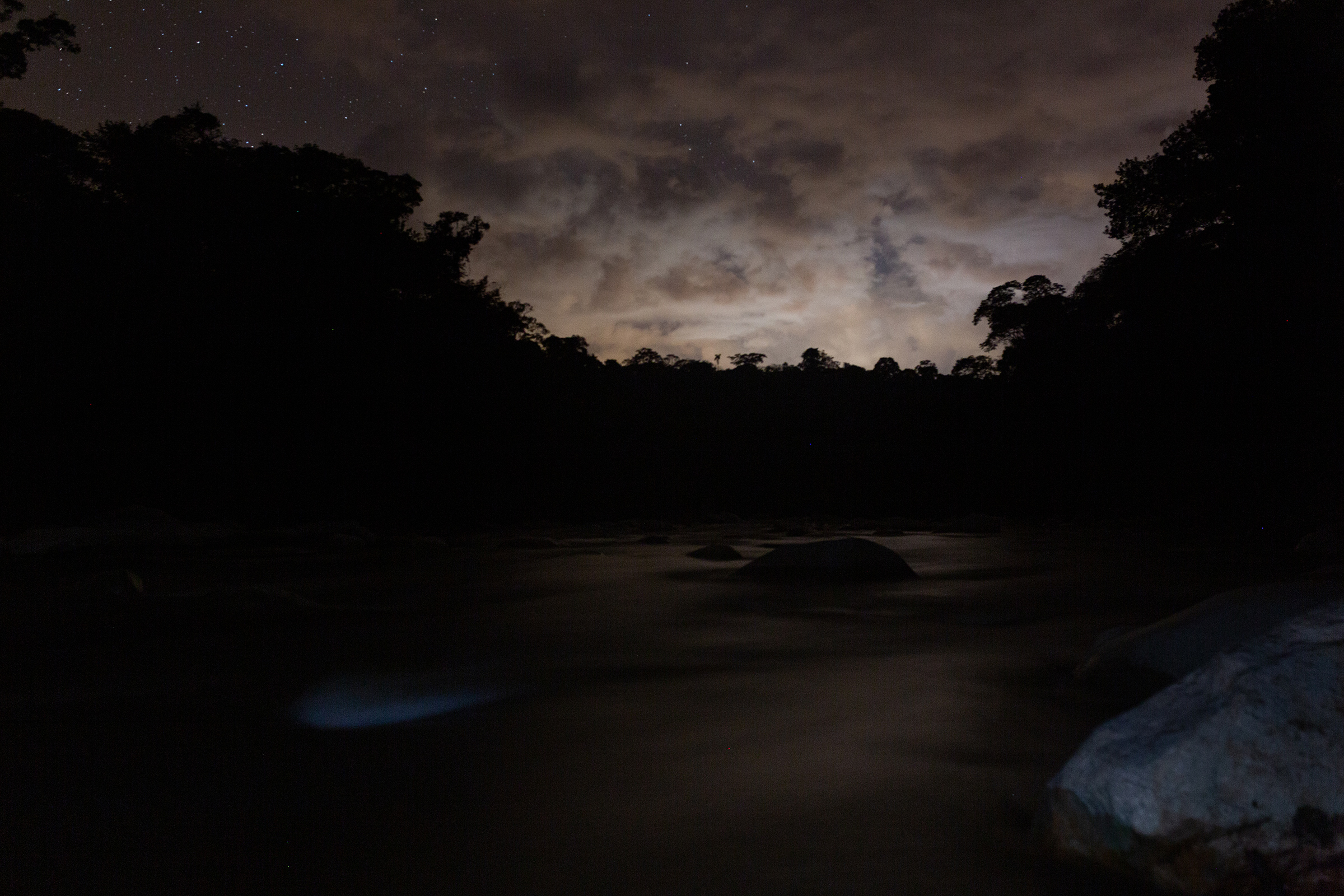
Indigenous communities across Ecuador are watching closely for the moment when the river gets its day in court. Until then, the people of Piatúa are continuing to push back attempts by Genefran S.A. to get the project restarted, by organizing gatherings to educate the public about what signing consent forms actually means, and working with anthropologists to help classify the river as a cultural-heritage site. “We’re doing what we have to do,” says Alexis Grefa, 26, a Kichwa river defender (who is not related to Clemente and Juan). “We’re defending our part of the earth.”
For many, such resistance has taken a toll. Some of those who have been outspoken about the project report receiving menacing phone calls or being followed, with those threatening them demanding they back down from their activism. Though they do not know if Genefran S.A. is behind these threats—many river defenders said the actions were carried out by third parties and cannot be traced back to the company—the threats have caused many river defenders to uproot their lives. Cristian Aguinda, the former president of the Native People of the Kichwa Nationality of Santa Clara Canton, spent much of the past decade leading the movement against the hydro dam. But eventually he moved away from the area, fearing for his family’s safety. “I’ve had to give up jobs and have missed my oldest daughter’s childhood,” he says.
The younger generation is now picking up the fight. Clemente’s children had left for Santa Clara, a nearby town, but are now moving back to the river’s banks. For young people, the river is a sanctuary where nature and Indigenous culture can thrive, in a region increasingly under pressure from extractive industries and globalization. “It’s the only place where there is peace,” says Kaniras. “The river is like a part of me.” Like many others fighting the project, he dreams of a future where the transition away from fossil fuels allows Indigenous communities to finally live peacefully, not in resistance. “I don’t want my daughter to inherit fights or conflicts,” says Kaniras. “I just want her to swim in the river, to fish, and to know the people of the communities.”
More Must-Reads From TIME
- The 100 Most Influential People of 2024
- Coco Gauff Is Playing for Herself Now
- Scenes From Pro-Palestinian Encampments Across U.S. Universities
- 6 Compliments That Land Every Time
- If You're Dating Right Now , You're Brave: Column
- The AI That Could Heal a Divided Internet
- Fallout Is a Brilliant Model for the Future of Video Game Adaptations
- Want Weekly Recs on What to Watch, Read, and More? Sign Up for Worth Your Time
Contact us at letters@time.com
